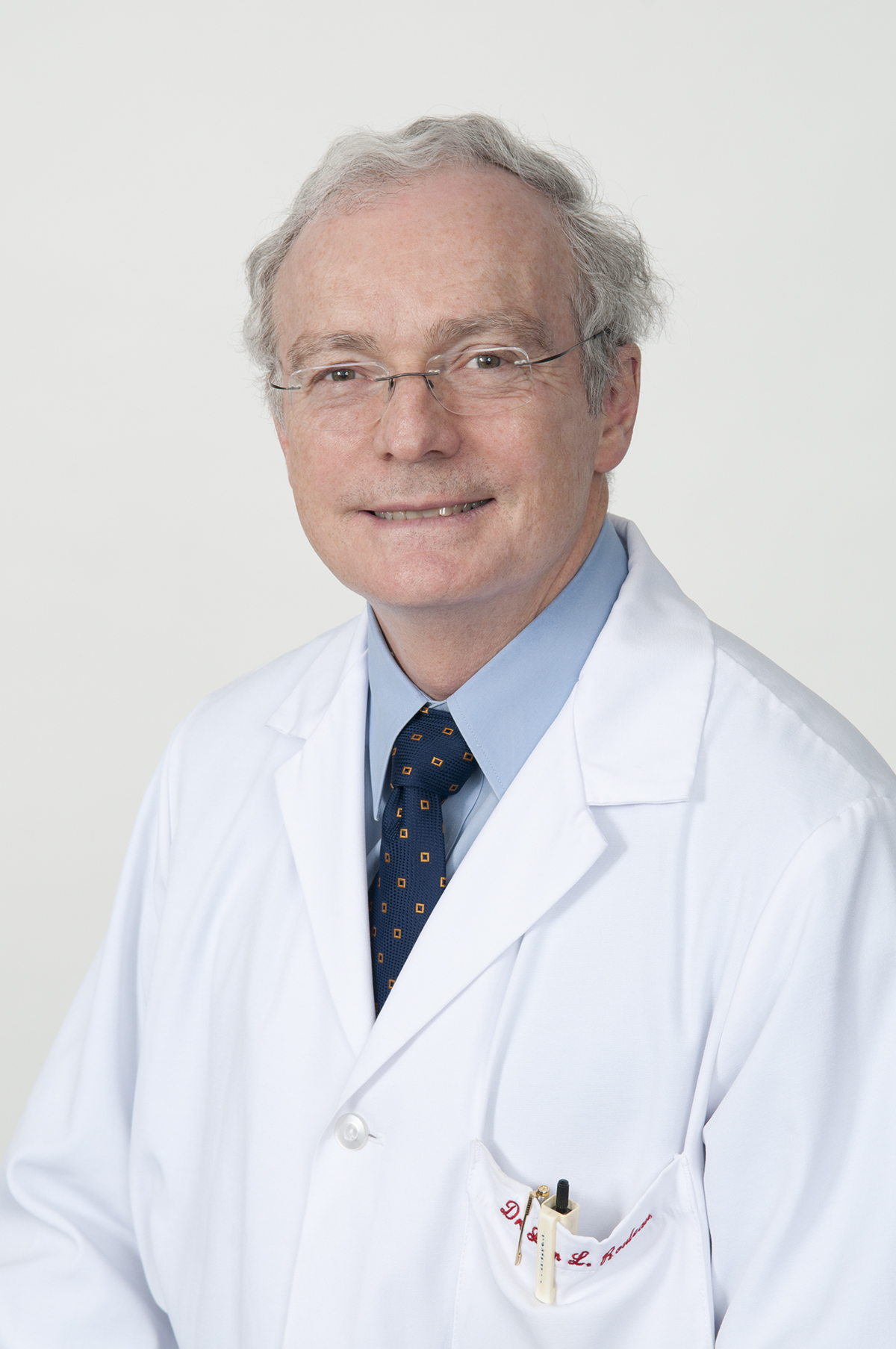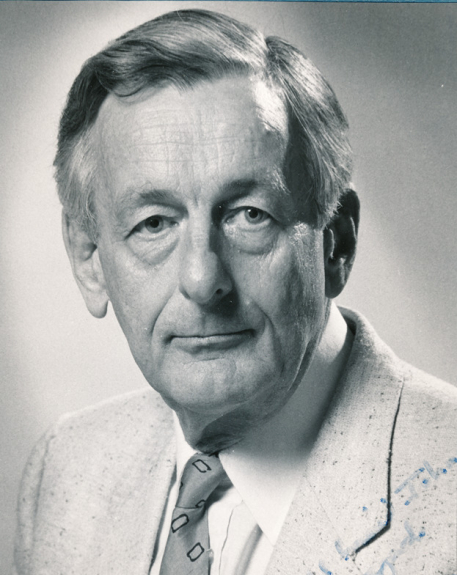1998 INDUCTEE Ray Farquharson, MD Hormones, Leadership in Organizational Development
August 4, 1887
(Claude, Ontario)
June 1, 1965
MD, University of Toronto (1922)
1964: Medal of Honour, Pharmaceutical Manufacturers’ Association of Canada Health Research Foundation
1960: Royal Society of Canada
See All AwardsAwards & Honours:
1964: Medal of Honour, Pharmaceutical Manufacturers’ Association of Canada Health Research Foundation
1960: Royal Society of Canada
1960: Award of Merit, National Heart Foundation
Coronation Medal
Honorary Member of the Royal Society of Medicine in London
Knight of the Military and Hospitaller Order of the St Lazarus of Jerusalem
Member of Order of the British Empire
Regent of the American College of Physicians
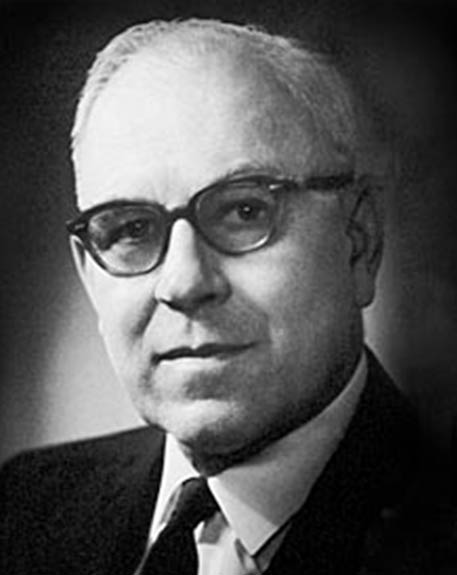
Advanced medical knowledge as well as the supports available for Canadian health research
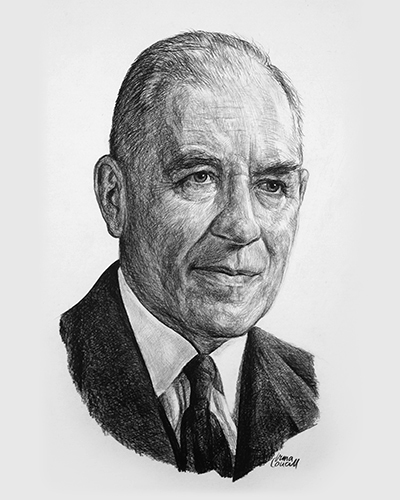
A great physician, an inspiring teacher and an unwavering advocate for medical research
Dr. Ray Farquharson is widely remembered as a strong role model and source of inspiration for hundreds of medical students and colleagues. His research with tracking the thyroid’s secretory activity led him to discover the "Farquharson Phenomenon". This phenomenon explains that when administering external hormones, the natural production of that hormone is suppressed, causing a temporary atrophy of the associated endocrine gland. The ‘Farquharson Phenomenon’ became of the fundamental principles of endocrinology. Beyond his own research, Farquharson is remembered for contributions to the Canadian medical research landscape. An inquisitive mind and belief in research led Farquharson to play an instrumental role in the formation of the Medical Research Council of Canada.
Key Facts
Fostered vast research interests from rheumatic diseases to endocrinology
Appointed as Member of the Order of the British Empire for his distinguished and impactful service during the Second World War
Served as the first President of the Medical Research Council of Canada
Awarded 7 honorary degrees
Served as President of the Royal Society of Physicians and Surgeons of Canada
Professional timeline
Impact on lives today
Dr. Farquharson’s contributions to endocrinology and his success in strengthening the foundations of Canadian medical research continue to impact the lives of Canadians. Today, the Medical Research Council’s successor, the Canadian Institutes of Health Research invests over $1 billion in Canadian medical research. This funding goes to support inquiry in areas ranging from biomedical, clinical, and health systems to the social, cultural and environment determinants of health. That this level of support for medical research in Canada is possible is due in part to the pioneering efforts of Dr. Farquharson. His passionate advocacy convinced the government to make medicine and health a priority in Canada’s research landscape.
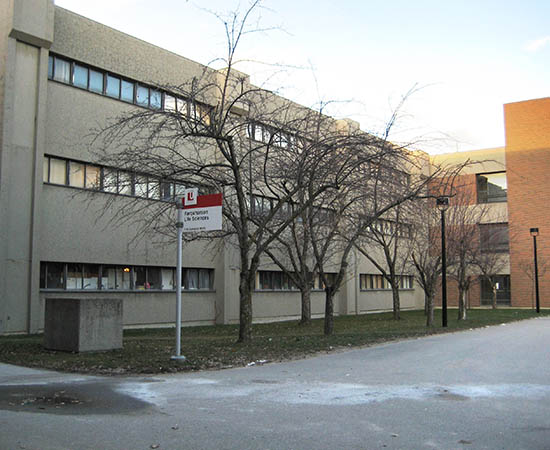
1998
-
Ray Farquharson posthumously inducted into the Canadian Medical Hall of Fame
Hull, Québec
-
Ray Farquharson served as the founding president of the Medical Research council for five years
Leadership in Organizational DevelopmentThe council was tasked to inform government about the needs of medical researchers and eventually grew to be the principal funding agency for medical research in Canada. During his tenure, Farquharson increased the Council’s budget for awards and grants from $4 million to $9 million by 1965.
-
Dr. Ray Farquharson produced the "Farquharson Report" which described the current state of medical research in Canada
Leadership in Organizational DevelopmentIn the report, he proposed the formation of an independent council that was solely dedicated to fostering medical research. These recommendations culminated in the creation of the Medical Research Council of Canada in 1960.
-
Dr. Farquharson became a member in National Research Council of Canada
Leadership in Organizational DevelopmentThe appointment highlighted his natural leadership abilities and thrust him into a position that helped him positively influence Canadian policy and improve medical research.
-
During the Second World War, Dr. Farquharson was Chair of the Penicillin Committee of Canada, which regulated the distribution of penicillin to the Allies.
He supervised clinical experiments involving penicillin in Ontario hospitals and was appointed Director of Medicine at Christie Street Veterans’ Hospital in Toronto at the end of the war.
-
After comparing the similarities between Simmond’s disease and anorexia nervosa, Drs. Farquharson and Hyland classified anorexia nervosa as a mental disorder and not a disorder of the endocrine gland
HormonesDr. Farquharson went on to be the first Canadian physician to draw attention to Sheehan’s syndrome, a syndrome which presents decreased pituitary gland function.
-
Along with Dr. Duncan Graham, Dr. Ray Farquharson published a report on Simmonds’ disease with three case studies
HormonesSimmonds disease, atrophy of the anterior pituitary gland. The paper was the first report on the syndrome in North America.
-
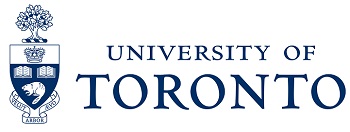
After spending some time at Harvard to conduct research, Farquharson came back to the University of Toronto as an assistant professor of medicine.
Health and Medical Education & TrainingHe was a brilliant doctor and an excellent teacher, quickly rising in ranks to become a professor of therapeutics in 1934, and chair of medicine in 1947.
-
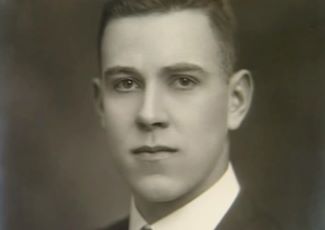
Farquharson was recalled from the army to resume his medical studies
He graduated from medicine at the University of Toronto in 1922.
-
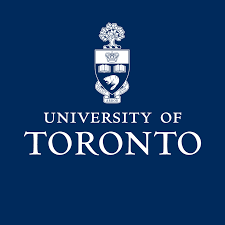
Farquharson entered medical school at the University of Toronto in 1917
He interrupted his studies to join Canada’s war effort during the First World War. Farquharson served in the Canadian Field Artillery and, later, as a medical consultant for the Royal Canadian Air force.
1917
He was widely loved and was a source of inspiration.

